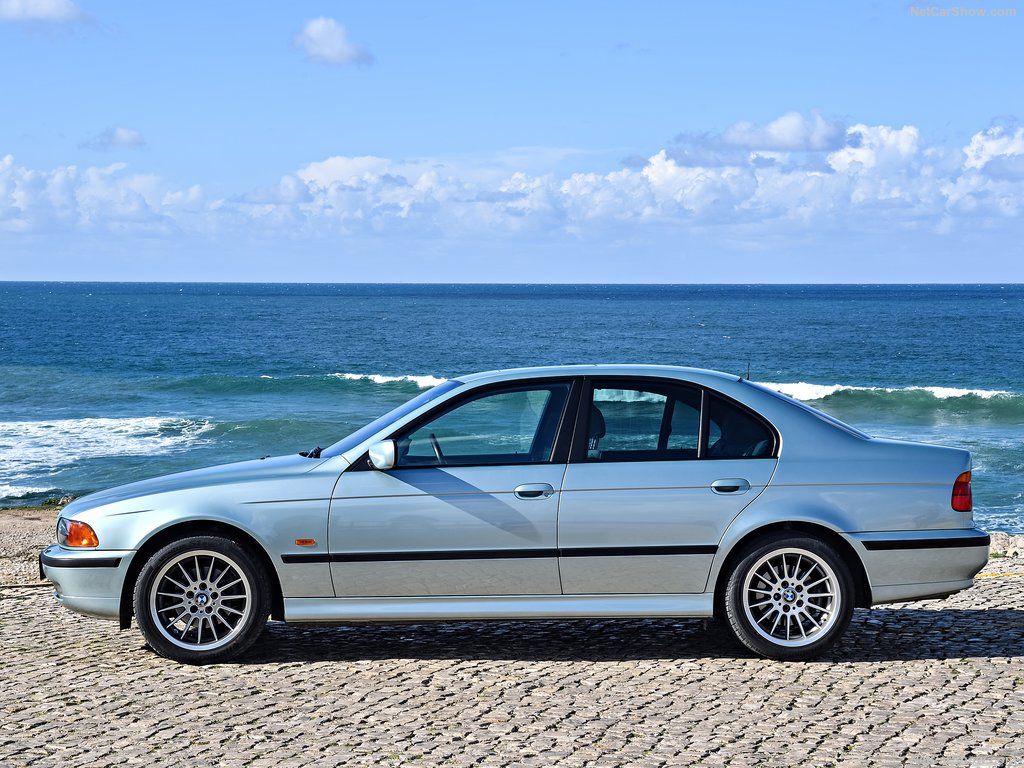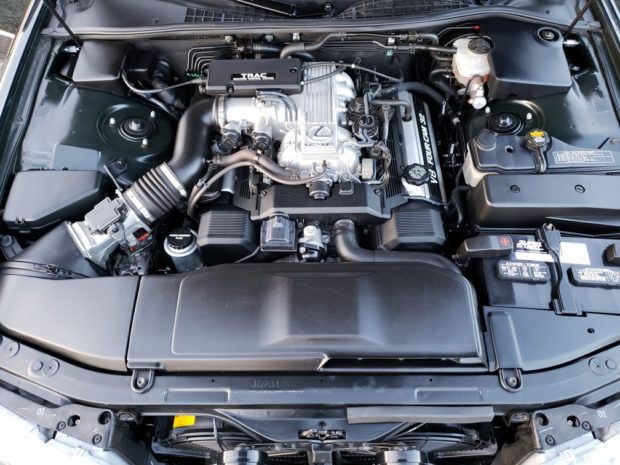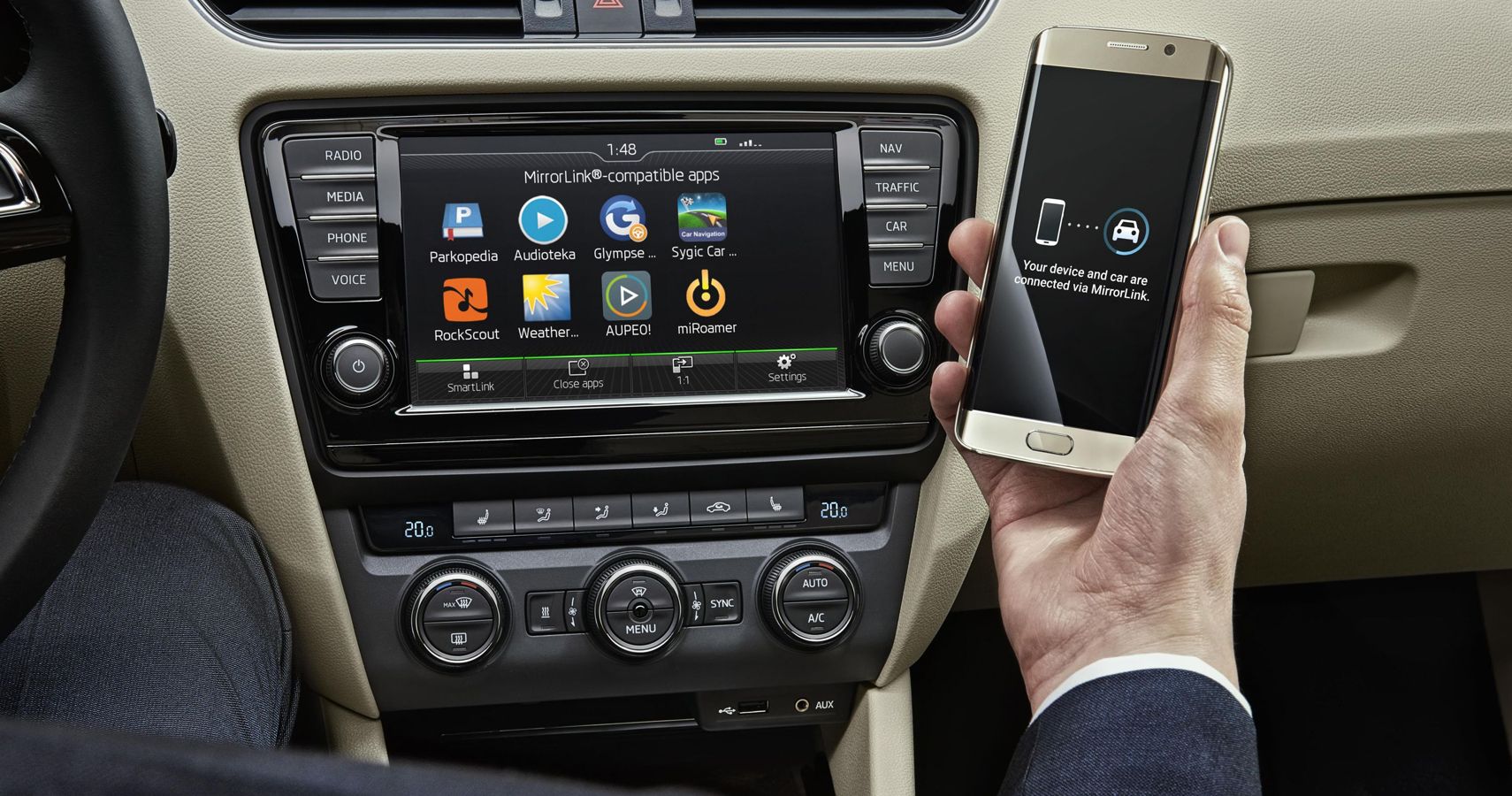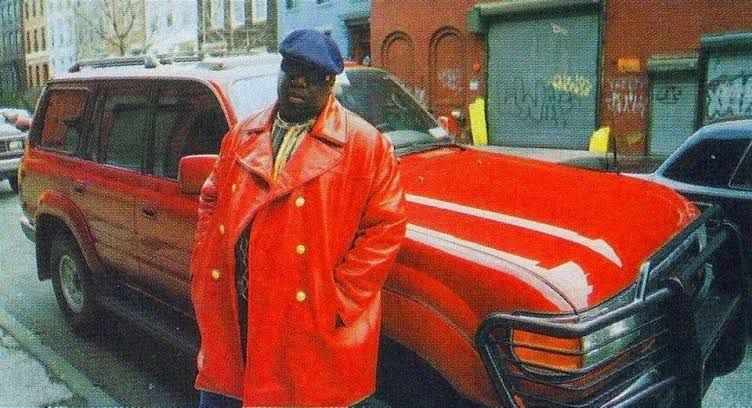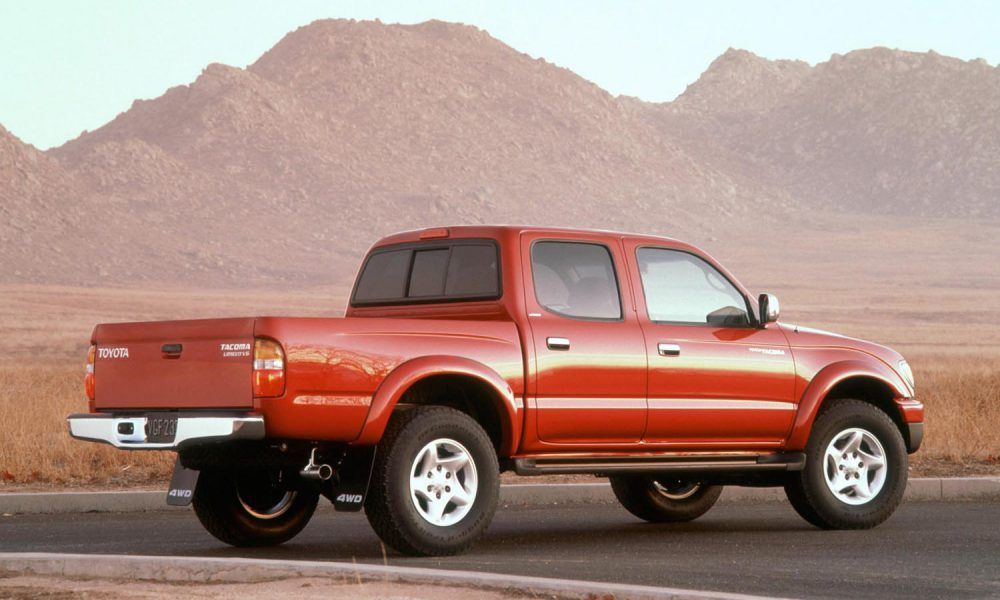They don't make them like that anymore, said any car enthusiast talking about a car from their childhood. Maybe it's nostalgia, or simply a biased appreciation for the generation they grew up in. Most people tend to favor things that remind them of a time when life was simple.
Enthusiasts who grew up in the 90s are now all grown up and are making good money. As a result, the values of cars from that era are beginning to increase. But car buyers aren't just growing a deeper appreciation for cars that remind them of their youth. They are gravitating towards vehicles that were built during the pinnacle of automotive quality.
The Sweet Spot For Automobiles
The Sweet Spot generation was a period around the mid-1990's to the early-2000's. It was a moment in automotive history when vehicles were mechanically simplistic, yet sophisticated enough to put a smile on your face every time you held the wheel.
Historian Francis Fukuyama said in his book "The End of History and The Last Man"; history ended after the Cold War and liberal democracy was the final form of government. The Sweet Spot, like democracy, was when automobiles reached their peak in refinement. A time when their successors were never considered to be better.
Steam engines ruled the 19th Century, it paved the way for the more reliable combustion engine to power the 20th Century. The combustion engine reached its highest potential towards the latter years of the 21st Century, culminating at the Sweet Spot. With technology progressing at an immensely fast rate, it's now time for the combustion engine to pass the baton to electric power.
Bulletproof ICE Powertrains
One thing that all vehicles shared from the Sweet Spot generation were reliable engines. There's the iconic Toyota 3.4 liter V6 in the 4runner and Tacoma. The illustrious 1UZ found in the Lexus LS 400 is known for having reached a million miles. The indestructible AMC 4.0 liter Inline 6 has already been crowned as the best engine ever placed in a Jeep. BMW’s straight six is famous for being the most balanced and well-built motor to ever come out of Bavaria. These examples are all considered to be the most durable engines their respective manufacturers have ever built. They lasted generations, and combined revolutionary performance along with reliability. The engines were placed in multiple platforms because of their versatility and continued long stretches of production because of their dependable reputation. This was when the internal combustion engine was in its prime.
Today, automakers place the same engines in multiple models, but they do so to cut costs. It takes years of research and development for a manufacturer to produce a new engine. Sometimes they hit it right on the money, but often times they fail. The Sweet Spot generation produced the highest concentration of bulletproof engines. Regardless of origin, it was a time when every automaker raised the bar, competing with one another to create the most dependable vehicle. Engineers made automobiles that were built to establish loyalty in consumers.
The Problem With Contemporary Automobiles
Vehicles now are constructed like modern smartphones. They’re designed so that you need a new one every two to three years. When a new device is released, they provide you just enough new technology to entice you to jump ship from old to new. After a few years, batteries start to die faster, processors begin to slow down, you're then more inclined to purchase the most modern device.
Automakers are producing automobiles with the same marketing strategy. This new generation prefers to have the most recent model, because they're meant to believe that the latest is the greatest. You now see more subscription services with less long term commitment. Leasing automobiles has become more popular now than ever before. With leasing, you can keep purchasing the latest model every three years with an included manufacturer's warranty. Modern day car buyers do not want to own a car knowing they have the previous body style. It’s the equivalent of wearing designer clothing from three collections ago.
More Technology, More Problems
Ford’s 2.3 liter Eco-boost engine is arguably their most versatile motor. It boasts over 300 horsepower in a 4 cylinder, which is more than previous GT Mustangs with a V8. All this is not possible without the invention of forced induction. Eco-boost is just another fancy word for turbocharged. Turbos provide more speed while maintaining above average fuel economy.
The great Notorious BIG believed "Mo' Money" meant Mo' Problems. However, in the auto industry, it's more like more power means more problems. That’s because turbo and supercharged engines have a higher probability of creating more issues for a motor. Whether it’s the control valve failing or exhaust manifold cracking; there’s a price to pay for more power. Due to strict government regulations with emissions and fuel economy, automakers are now forced to create efficient engines using smaller displacements. As a result, you’re seeing more vehicles with turbos than ever before.
You’re also seeing automobiles manufactured with more components being fed into its Engine Control Module (ECU). This computer essentially determines what’s wrong with your vehicle through a network of sensors. Which is why you see more lights on your digital dashboard flashing or alerting your car to shut down and pull over on the side of the road. Today’s vehicles are driven by electronics, they are full of sensors that feed into the ECU. It’s certainly good to know when something is wrong with your vehicle. However, It’s not cool when faulty electronics have you stranded on the side of the road with your owner's manual telling you to “See your dealer”.
Improved Safety and Build Quality
The Sweet Spot generation produced automobiles with seatbelts, airbags and most came with anti-lock brakes. By the mid-90s vehicles came standard with On Board Diagnostic II (OBDII) readers. Engines were now all fuel injected, so you can count on it starting every day. More vehicles were built with body on frame construction, which is known to be more durable. These vehicles are now old enough to feel special, yet contemporary enough to be dependable and safe on today’s roads.
Automobiles during the Sweet Spot generation were built to a mechanical standard that is still unmatched today. They were created with longevity in mind. Not only were they easier to work on, but the engine bay was not hiding behind a plastic cover. Parts were more mechanical, which meant they rarely broke and when they did, they were easier to fix. Best of all, they are affordable, so you can have unlimited fun even if you're limited on funds.


